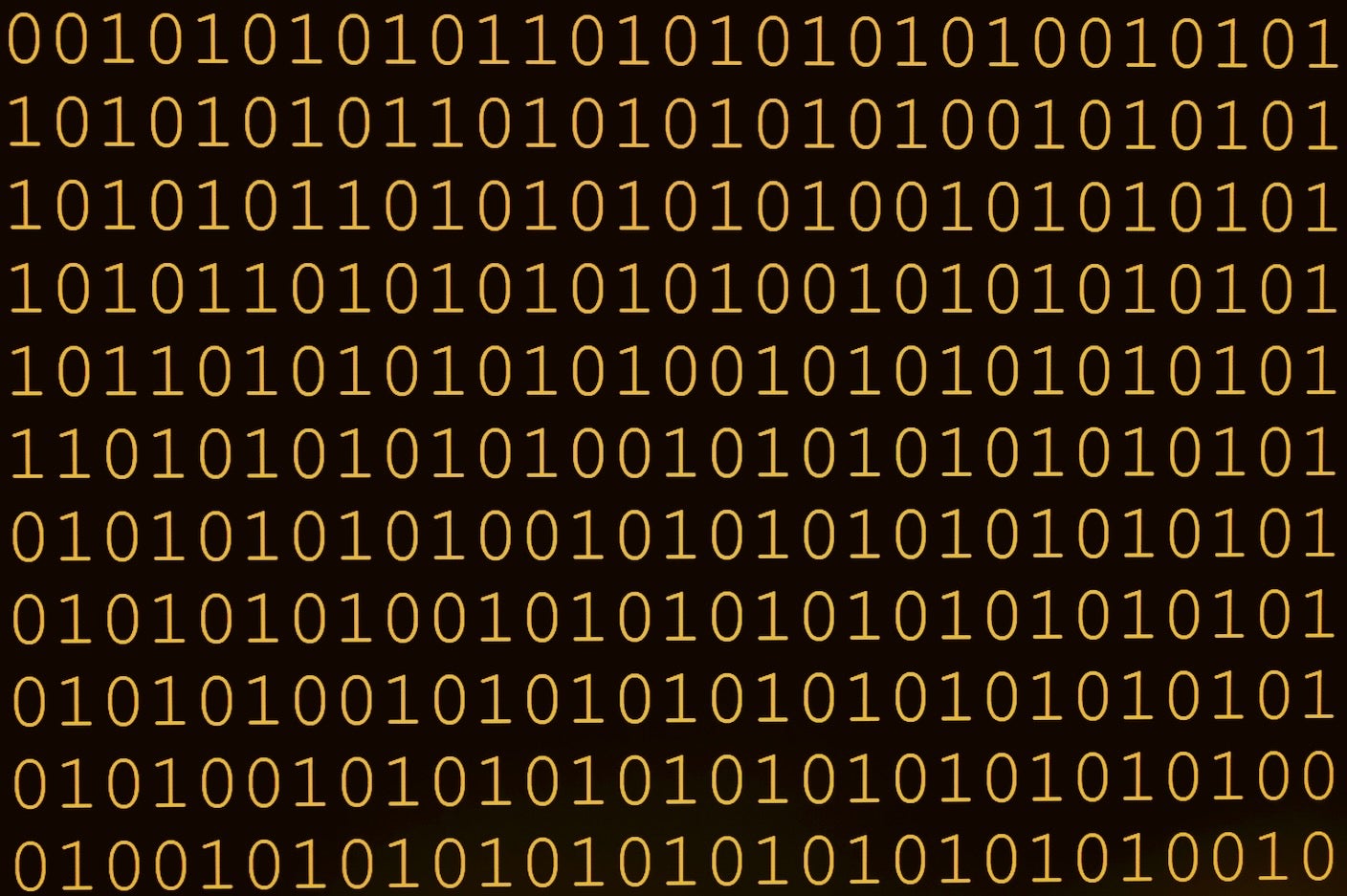
Like DNA hard drives, the approach could lock the world’s data down for the long haul—if researchers can make it practical.
We have a data storage problem. This year, the world’s storage needs will reach 175 zettabytes—the equivalent of over a trillion 4K movies. While hardware advances like solid-state drives are more efficient alternatives, traditional hard drives are struggling to keep up.
An alternative approach could tap into biology. Scientists have long sought to use DNA as a storage medium that, once encoded, would be both relatively easy to maintain and environmentally sustainable. DNA efficiently stores vast amounts of data with minimal deterioration, and its structure can last centuries. Hard drives, in contrast, barely last a decade.
DNA writing and reading technologies are advancing, and the dream of storing data inside these molecules—called oligomers—is inching toward reality. But current systems require specialized equipment for molecular storage devices, decoupling them from everyday use.
This month, a team from the University of Texas at Austin took a page from the DNA storage playbook. The researchers developed synthetic molecules that act as “letters” to store data inside custom molecules. Compared to DNA sequences, these molecular letters are read using their unique electrical signals with minimal additional hardware. This means they can be seamlessly integrated into existing electronic circuits in our computers.
In a test, the team developed four molecules and assembled them into a 256-letter “alphabet.” The researchers used the system to encode a strong password into a molecular chain and then accurately decoded it based on the molecule’s electrical properties.
“Molecules can store information for very long periods without needing power. Nature has given us the proof of principle that this works,” said study author Praveen Pasupathy in a press release. “This is the first attempt to write information in a building block of a plastic that can then be read back using electrical signals, which takes us a step closer to storing information in an everyday material.”
A Hard Limit
From spinning disks to solid-state hard drives, scientists have developed multiple methods and materials to meet our rapidly expanding data storage needs. Traditional hard drives have vastly expanded available storage, and they’re generally efficient at shuttling data around.
But they have drawbacks: At scale, they’re costly to maintain and consume an exorbitant amount of energy. They also have relatively short lifespans, averaging 5 to 10 years, “making them unsuitable for long-term data archiving,” wrote the team.
Biology offers an alternative to silicon-based systems. Our genome, for example, stores our genetic blueprint inside every single cell in a tiny package using just four letters. Computer scientists have long thought DNA’s high information density and long-term stability make it an attractive storage medium. Over the past decade, studies have expanded the ability of DNA to encode and retrieve data up to megabytes, paving the way for use in large-scale data storage.
The problem? DNA data storage requires sophisticated methods to encode and decode sequences. The system is also limited to DNA’s four genetic letters. In contrast, synthetic systems based on similar principles could be easier to read and might expand the alphabet of encoding letters to sixteen or more, further increasing information density.
Dubbed SDPs, for “sequence-defined polymers,” this type of storage medium would function like DNA. One or several molecules would link up to form a “letter.” These letters would then connect into phrases—for example, passwords—stored within a chemical chain.
Scientists have already explored synthetic chemicals for data storage. But retrieving the information required an expensive method called mass spectrometry, which involves shooting the molecules with lasers to decode the data within—a process that also destroys the sample.
“To position SDPs as truly viable data storage media, the techniques employed must be both affordable and capable of miniaturization for consumer-level applications,” wrote the team.
New Storage
The team built on existing methods, with a few upgrades. They eschewed DNA altogether, instead relying on four custom-designed synthetic chemicals with different electrical properties.
Each component has a slightly different “signature” triggered by a chemical reaction. These signatures are linked to a particular letter, number, or symbol. Synthesizing molecules based on these principles allows software to encode and decipher the 256 “letters” with high accuracy. To read them, the team used a process that breaks down polymers one letter at a time. As the chain breaks down, the team identifies and sequences letters based on their electrical signals.
“We scan through different voltages and watch this movie of the molecule being broken down, which tells us which monomer [‘letter’] is being degraded at which point in time,” said Pasupathy. “Once we pinpoint which monomers are where, we can piece that together to get the identities of the characters in our encoded alphabet.”
In a test, the team encoded an 11-character computer password into their synthetic molecular system. Both encoding and decoding processes were fully automated with software. Each of the password characters was synthesized into a unique molecular sequence—a unique SDP.
To decode the password, the SDPs were translated back into human-readable letters and characters with no errors—and subsequently used to unlock the computer.
“This protocol demonstrated the successful, error-free encoding and decoding of the 11-character password,” wrote the team.
The molecular storage device is still a work in progress, however. Like its predecessors, reading the stored information destroyed the polymer, making the system more useful as a one-time verification code rather than for long-term storage and repeated access. Also, the decoding process was painfully slow, taking over two and a half hours to decipher 11 characters. The team is already working on alternative systems that could speed things up.
“While this method does not yet overcome the destructive or time-intensive aspects of sequencing, it takes a first step toward the ultimate goal of developing portable, integrated technologies for polymer-based data storage,” said study author Eric Anslyn.
The post This Molecular ‘Hard Drive’ Stores Information in Plastic appeared first on SingularityHub.
* This article was originally published at Singularity Hub

0 Comments